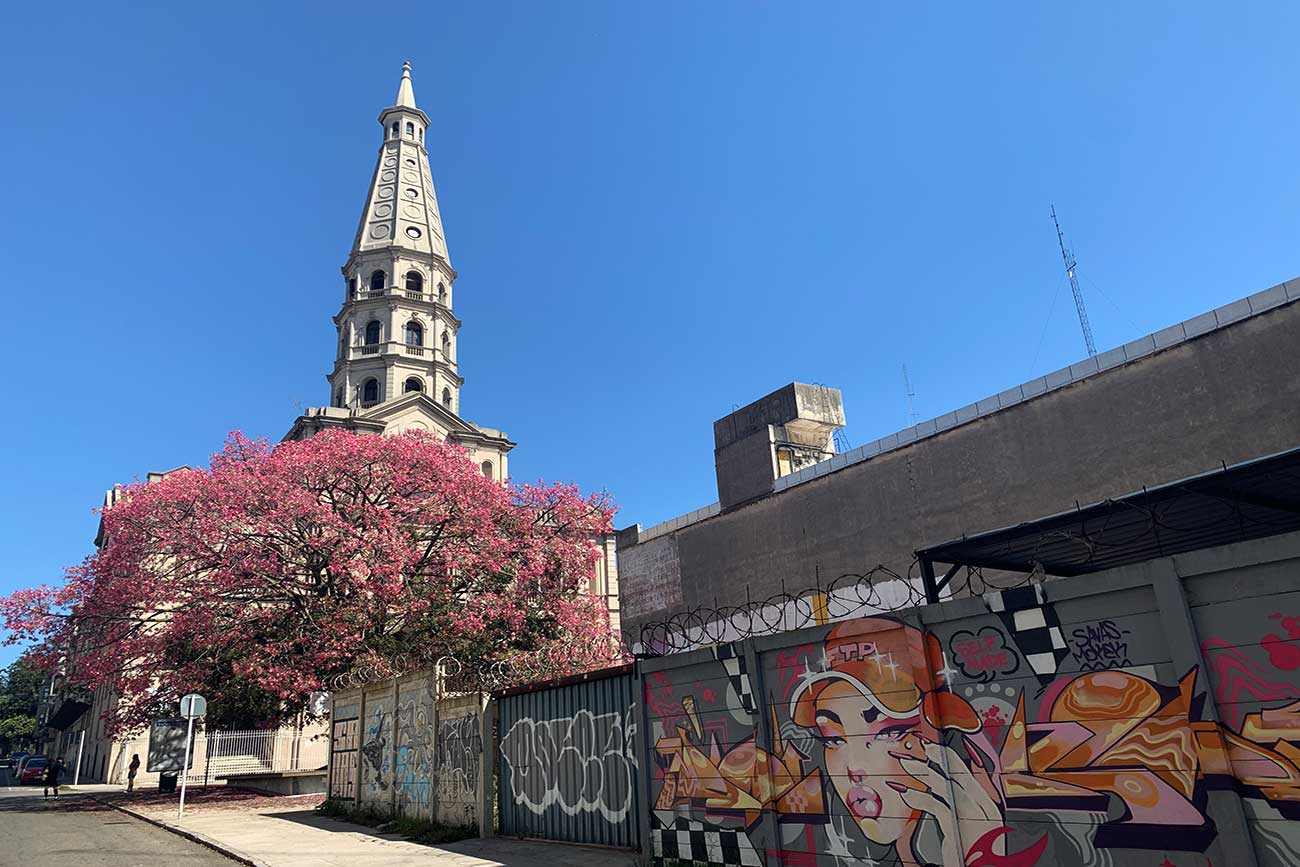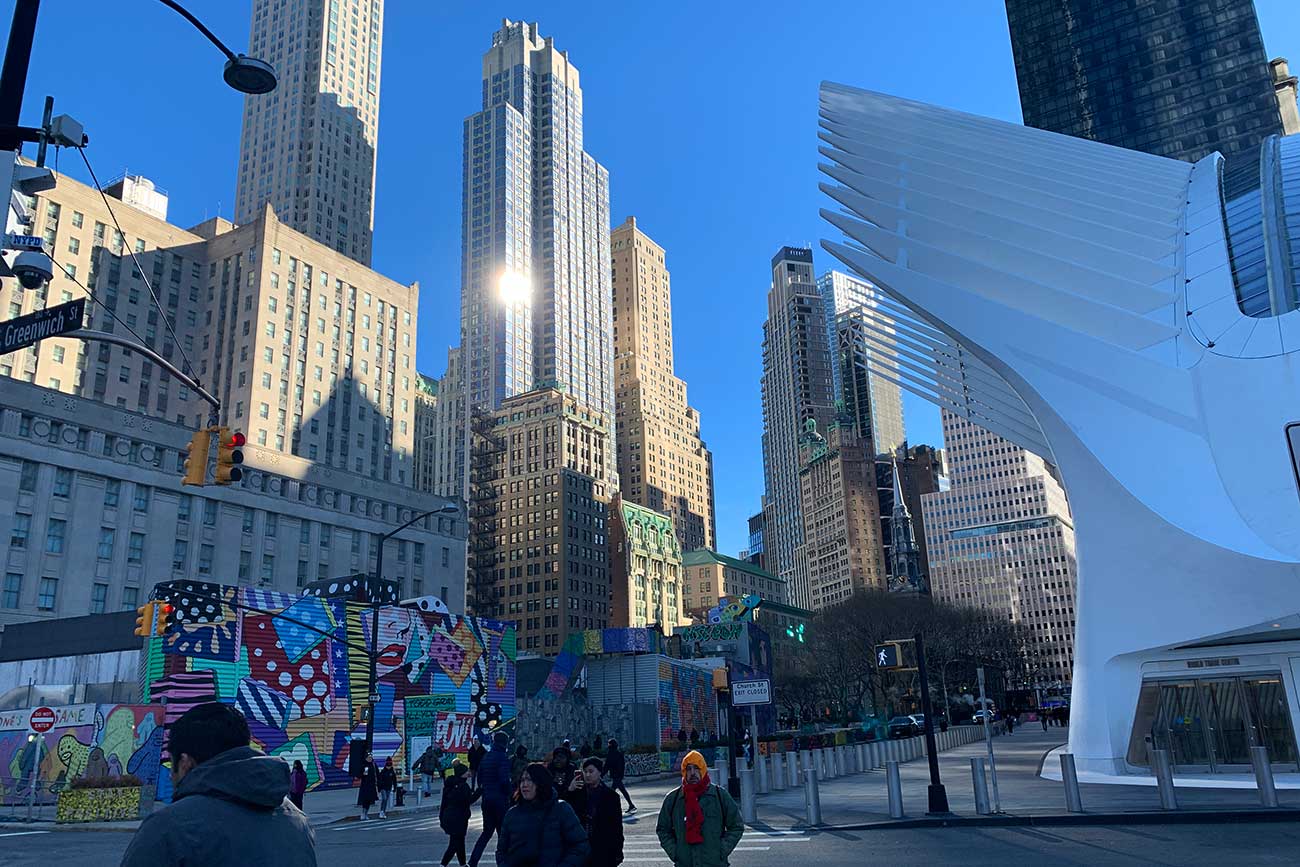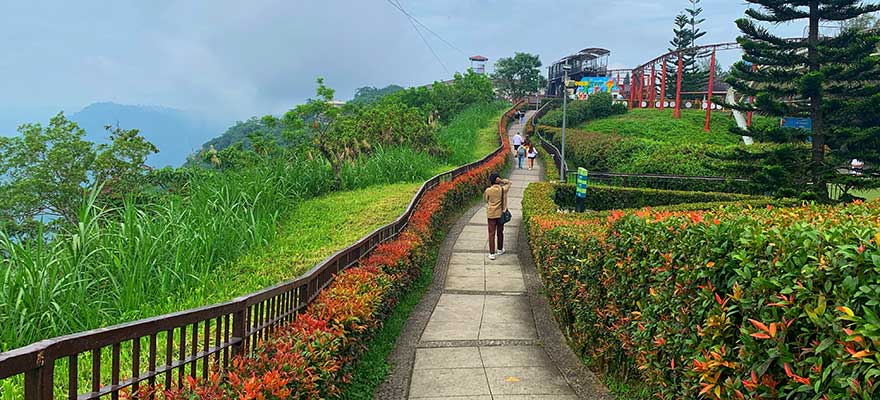The weather was one of the best when the ship arrived in Montevideo. The sun shines all day and the cloudless blue skies were so tempting that I had to get my feet land on the shore by all means.
With this natural lighting switched on at no extra cost, it’s a perfect day to put on my walking shoes, get off the ship, hit Montevideo’s pedestrian-friendly streets, and be immersed in one of my hobbies – taking photos. So for my day in Montevideo, I went ashore after my watchkeeping duty and was there for nearly 3 hours snapping photos here and there.
 While businesses in some areas around the city closed on Sundays, restaurants, and shops along Calle Yacare remained open. Calle Yacare is the street just across the pier’s exit gate.
While businesses in some areas around the city closed on Sundays, restaurants, and shops along Calle Yacare remained open. Calle Yacare is the street just across the pier’s exit gate.
At the end of Calle Yacare is Calle Perez Castellano. A few shops and restaurants were opened here as well. Compared to Calle Yacare, here it was a bit quieter.
Continue walking along Calle Perez Castellano and turn left at Calle Sarandi, I find the whole street just for me 🙂 . Where have all the people gone – as if I was walking in a ghost town. Sarandi has more shops but since it was a Sunday, everything was closed all the way to Plaza Independencia.
Walking along Calle Sarandi with no crowd at all, I can’t help but gaze at the beautiful art-deco buildings standing in contrast with modern ones.
Also along Calle Sarandi, I passed by Catedral de la Immaculada Conception or Montevideo Metropolitan Cathedral. This is the main Roman Catholic church of Montevideo.

Just across Montevideo Metropolitan Cathedral is Plaza de Constitucion or Constitution Square. Also known as Plaza Matriz, this is the oldest city square in Montevideo, Uruguay.

From Calle Sarandi, I arrived at Plaza Independencia. On regular days, this area isn’t as quiet as this. Plaza Independencia is the main and most popular city square in Montevideo. The square is the most popular venue for various political demonstrations and official public events.

Across Plaza Independentia is Palacio Salvo. Towering 100 meters high, it was once the tallest building in South America for a short period. Originally built to be a hotel, it now housed offices and private residences.
Within Plaza Independencia is Estevez Palace. Built in 1873, it once served as the working place of the President of Uruguay. Converted into a museum, it displays artifacts and mementos of the Uruguayan presidency and its office holders.

Another prominent structure within Plaza Independencia is the Gateway of the Citadel, the remaining parts of the wall that once surrounded the oldest part of the city of Montevideo.

Also in Plaza Independecia is Artigas Mausoleum. The mausoleum houses the remains of Uruguayan hero José Artigas.

Walking back to the pier, I passed by the Parish Church of St. Francis of Assisi. The church was built in the 19th century by French-Uruguayan architect Victor Rabu.

For a short period, I can only imagine how interesting Montevideo is. The streets, the squares, shops, and restaurants – there’s a lot to explore around the city.













